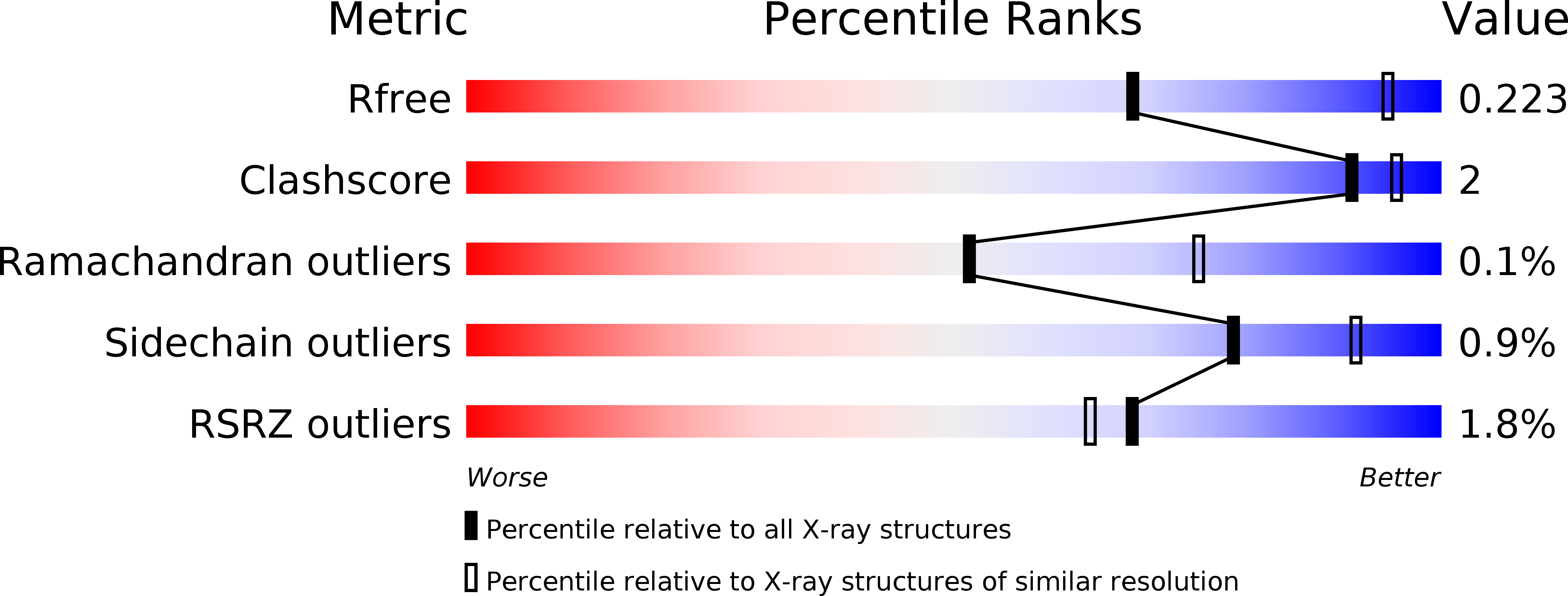
Deposition Date
2014-08-14
Release Date
2014-12-03
Last Version Date
2024-02-28
Entry Detail
PDB ID:
4R39
Keywords:
Title:
Histidine kinase domain from Erythrobacter litoralis EL346 blue-light activated histidine kinase
Biological Source:
Source Organism:
Erythrobacter litoralis HTCC2594 (Taxon ID: 314225)
Host Organism:
Method Details:
Experimental Method:
Resolution:
2.60 Å
R-Value Free:
0.22
R-Value Work:
0.18
R-Value Observed:
0.18
Space Group:
P 41 21 2


